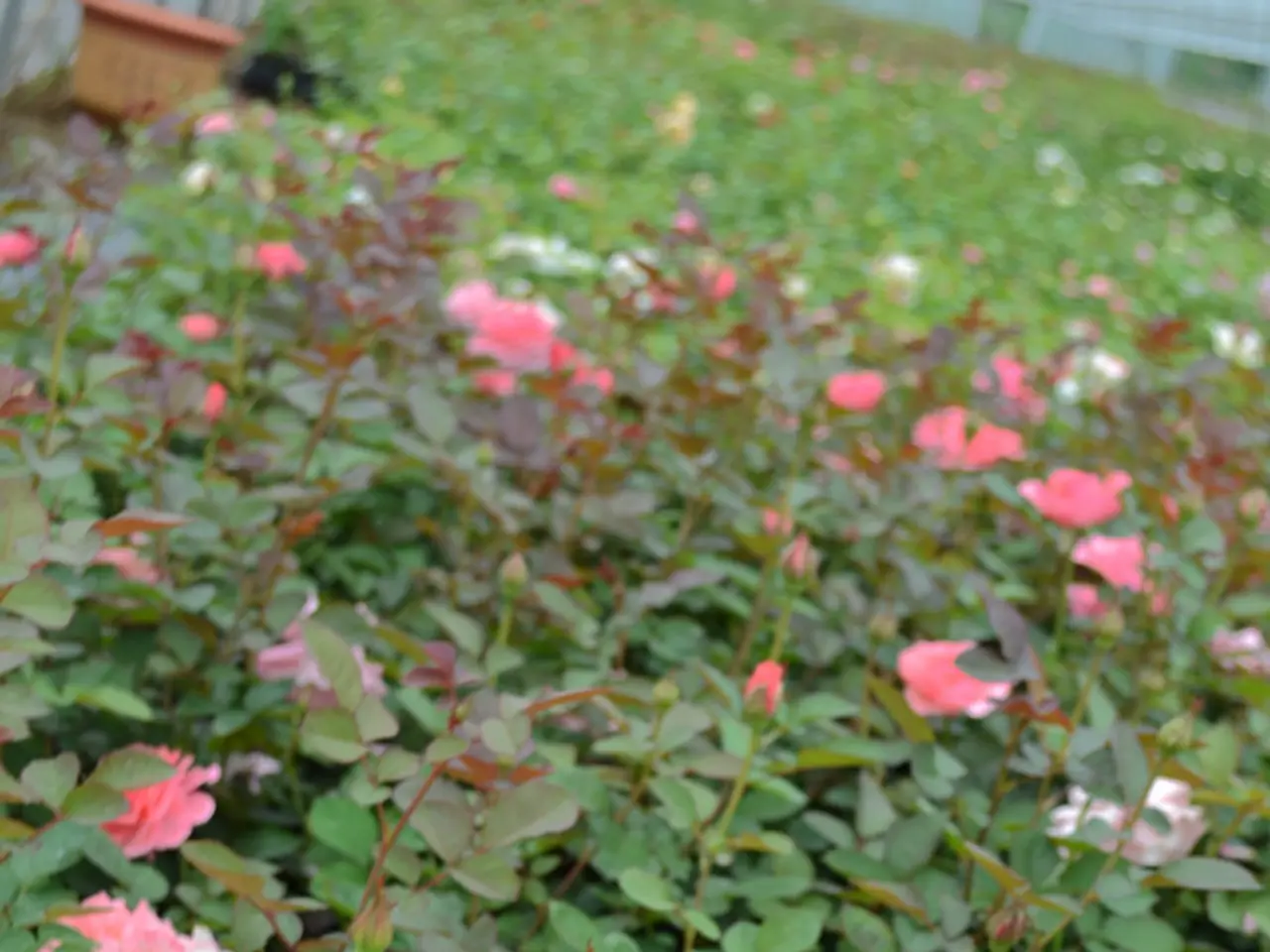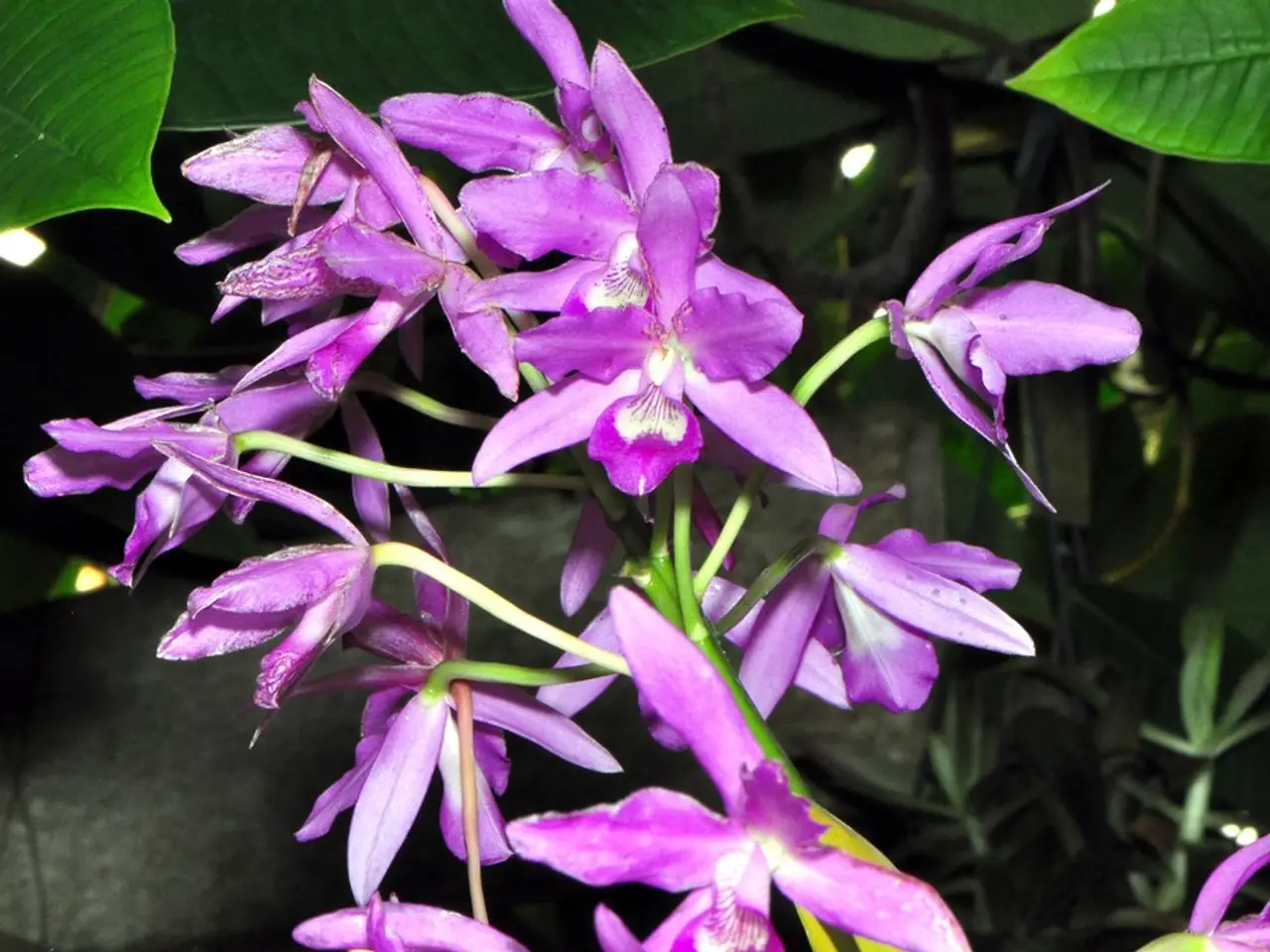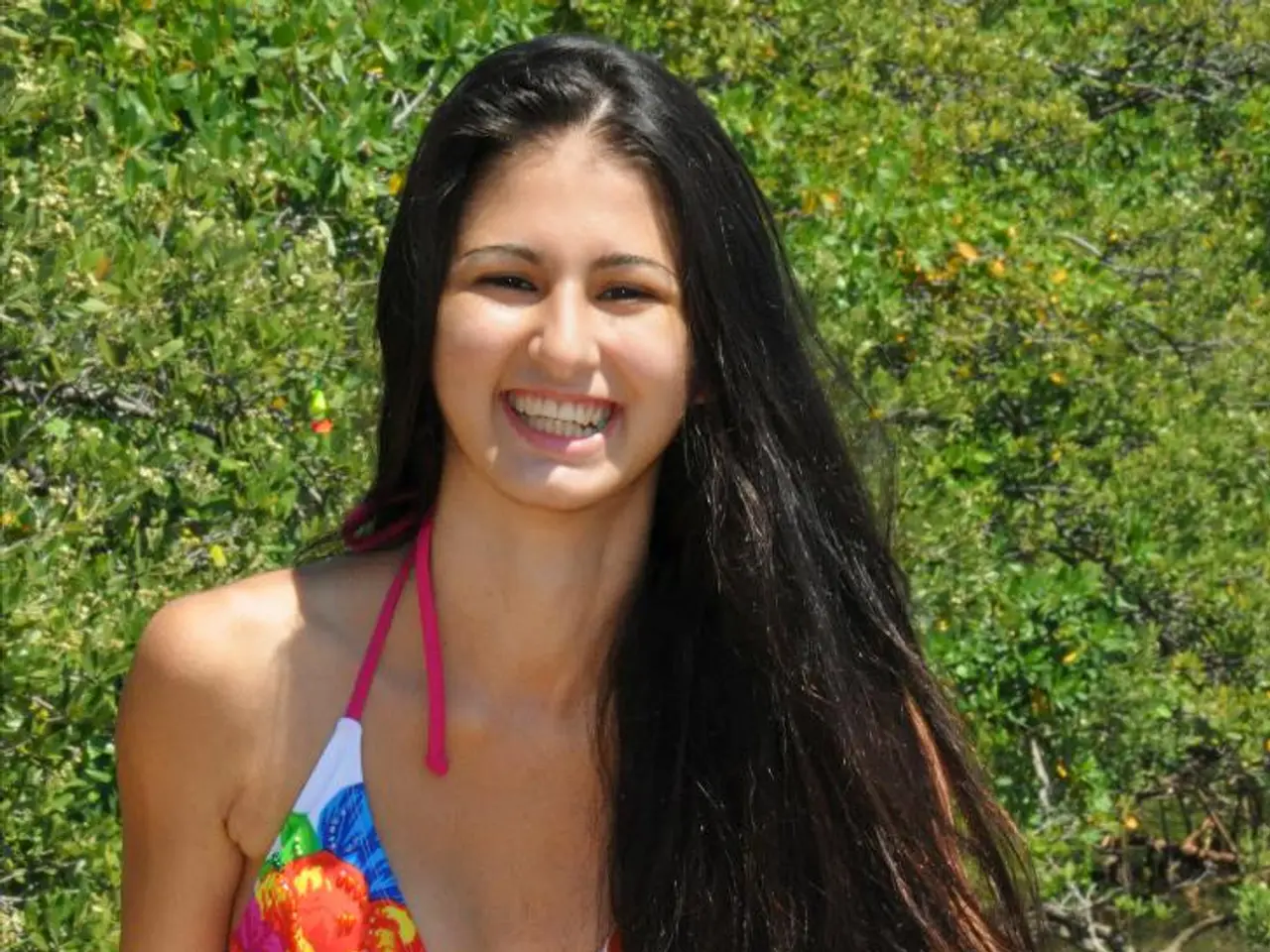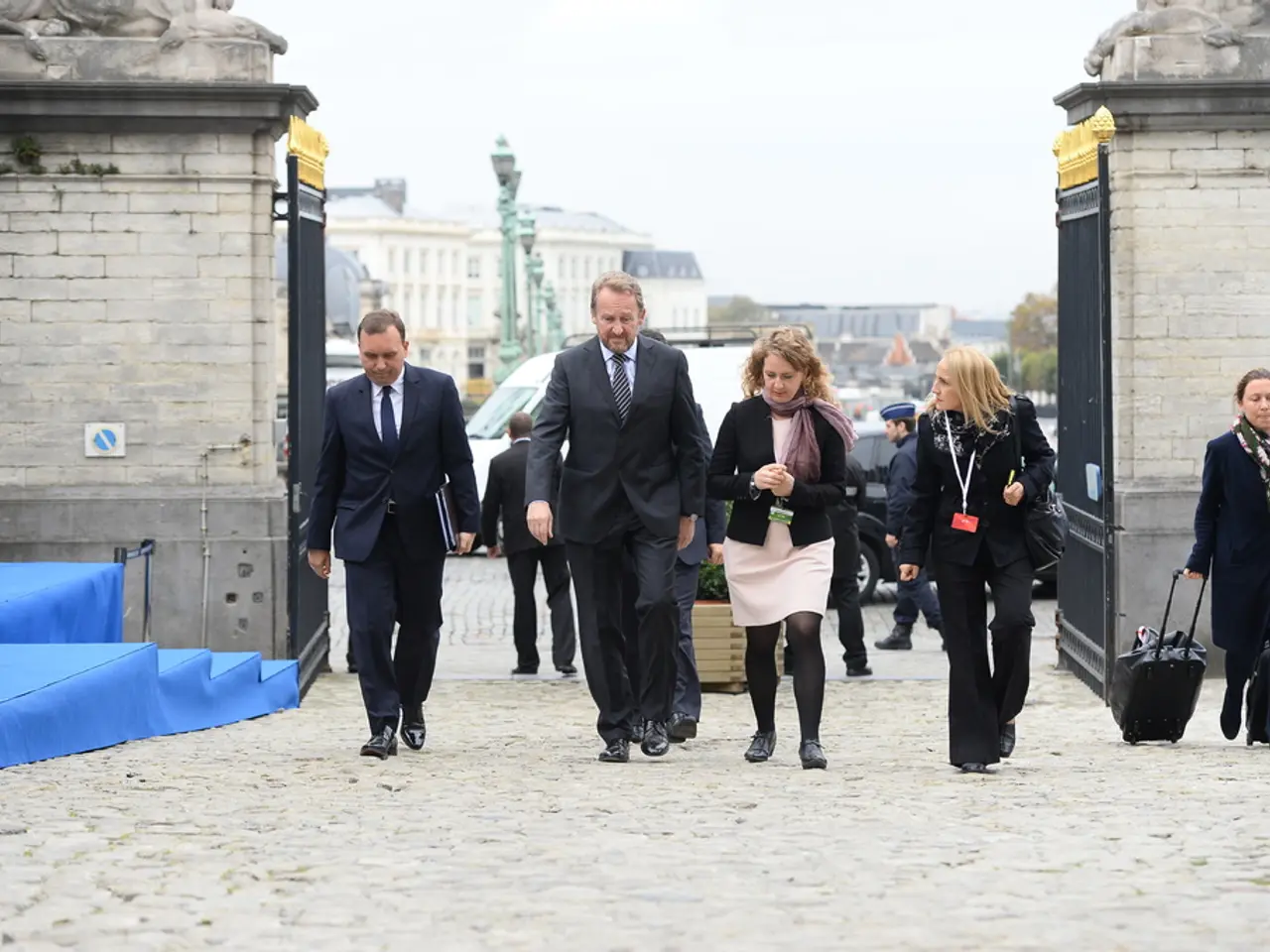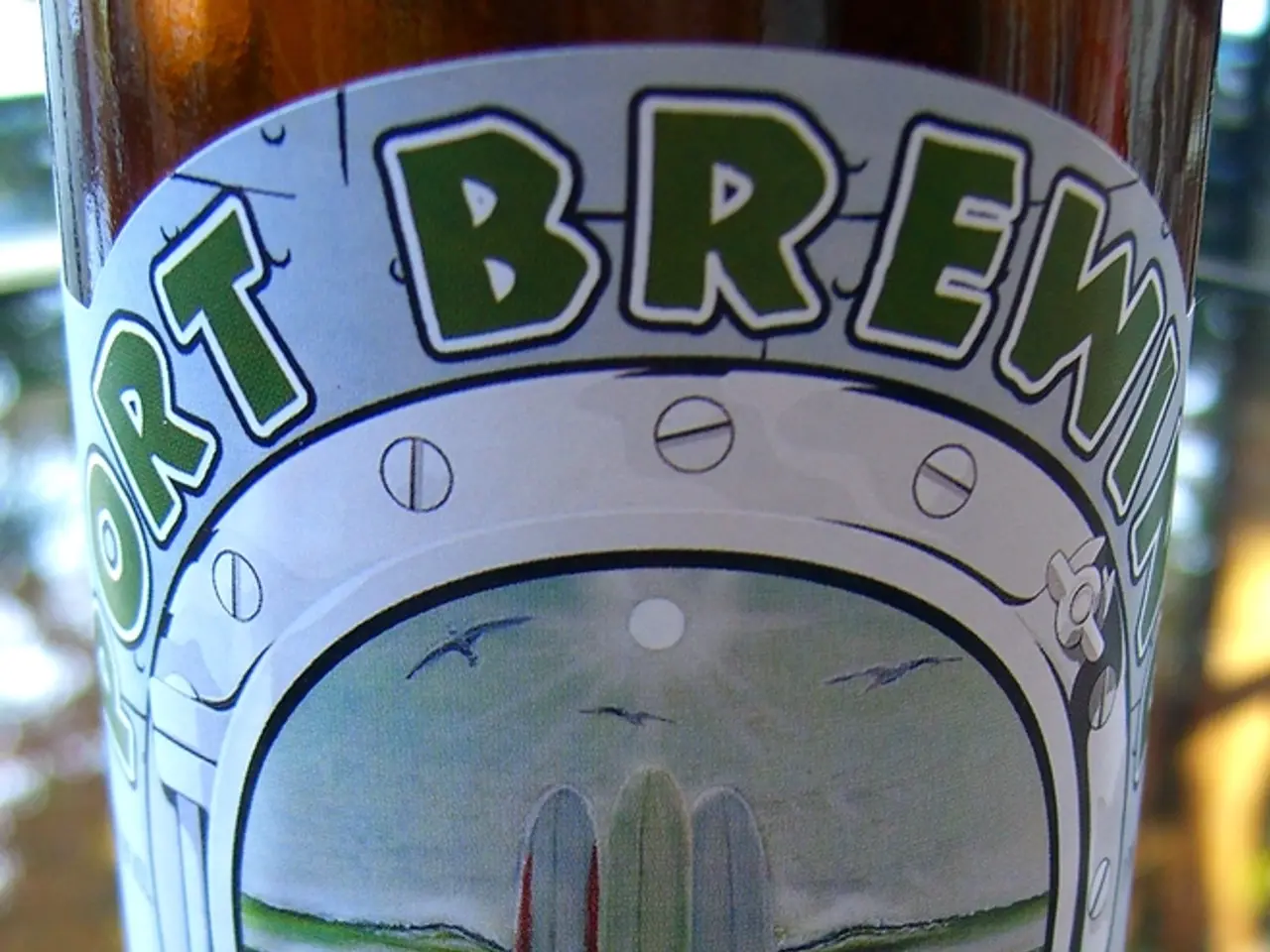Exploring the Evolution of the White House's Rose Garden Throughout the Years
The Evolution of the White House Rose Garden: From Kennedy to Trump
The White House Rose Garden, a cherished outdoor space near the Oval Office and West Wing, has undergone significant transformations throughout the years, reflecting the tastes and priorities of each administration.
During the Kennedy administration (1961-1963), First Lady Jacqueline Kennedy, in collaboration with landscape designer Rachel Lambert Mellon, undertook a major redesign. The iconic Rose Garden we know today emerged from this effort, featuring a formal, lush grassy lawn surrounded by a variety of roses, including the "J.F.K." rose, crabapple trees, and a harmonious blend of flowering plants in pastel tones. Mellon's vision emphasized elegance, tradition, and symbolism, creating a refined outdoor space for official ceremonies and quiet reflection.
Before the Kennedys, the Rose Garden name and early form was established by Ellen Wilson in 1913, evolving through notable changes by Theodore Roosevelt and Franklin D. Roosevelt, including colonial-style gardens and landscaping by Frederick Law Olmsted Jr. However, Jacqueline Kennedy’s redesign set a definitive style for much of the late 20th century.
Moving to the Trump administration (2017-2021 and changes noted in 2025), there were two major changes. First, in 2020, First Lady Melania Trump refreshed the garden to modernize its infrastructure, improve accessibility, and add new plantings such as replacing crab apple trees with white rose shrubs and reintroducing parts of the original Kennedy design with limestone paths and a boxwood criss-cross pattern. This effort reflected a desire to restore some historical elements while making the garden more practical and aligned with contemporary tastes.
Secondly, more controversially, in 2025, under the auspices of President Trump and private funders, the garden underwent a further significant transformation involving the paving over of much of the Kennedy-era grassy lawn with a marble-like granite patio reminiscent of his Mar-a-Lago estate. This change was justified as practical—to avoid soggy lawns during events—but it replaced iconic greenery with hardscape, drawing criticism from horticulturists and preservationists who saw it as a break from tradition. The redesign aimed to make the Rose Garden more event-friendly, though importantly, existing floral beds and roses were preserved.
In summary, from Kennedy through Trump:
- Kennedy era: Formal, lush lawn with crab apple trees, pastel roses, and an elegant classic design by Rachel Mellon.
- Trump’s 2020 refresh: Infrastructure modernization, accessibility improvements, introduction of limestone paths, replacement of some trees with white roses, partial restoration of Kennedy elements.
- Trump’s 2025 redesign: Replacement of grassy lawn with white marble-like paving, focus on usability for events, sparking controversy over departing from traditional garden aesthetics.
The Rose Garden is more than just a garden; it is a place for announcements, State Dinners, official ceremonies, and informal events. From John F. Kennedy welcoming Project Mercury astronauts, Tricia Nixon's wedding, to Lin-Manuel Miranda's rap session with Barack Obama, the Rose Garden has been a stage for history. It can accommodate up to 1,000 guests, a design implemented by the Kennedys in 1962.
This transformation reflects a broader tradition of presidential modifications and highlights the Rose Garden’s role as both a symbolic and practical space at the White House.
- The White House Rose Garden, a historical outdoor space, has seen style transformations that mirror each administration's preferences.
- During the Kennedy administration, First Lady Jacqueline Kennedy, with Rachel Lambert Mellon, designed a formal, lush garden with roses, crabapple trees, and pastel-toned flowers, setting a classic style for the late 20th century.
- The Trump administration made two major changes: in 2020, Melania Trump modernized the garden's infrastructure, added white rose shrubs, and incorporated parts of the original Kennedy design.
- In 2025, under Trump, the garden underwent another change, replacing much of the grassy lawn with a marble-like granite patio, causing controversy as it departed from traditional garden aesthetics.
- The Rose Garden serves as a venue for announcements, State Dinners, official ceremonies, and informal events, accommodating up to 1,000 guests.
- Over the years, presidential modifications have shaped the Rose Garden, underscoring its role as a symbolic and practical space at the White House, intertwining cultural, lifestyle, and home-and-garden elements, while also reflecting society, politics, entertainment, art, and the royals.
